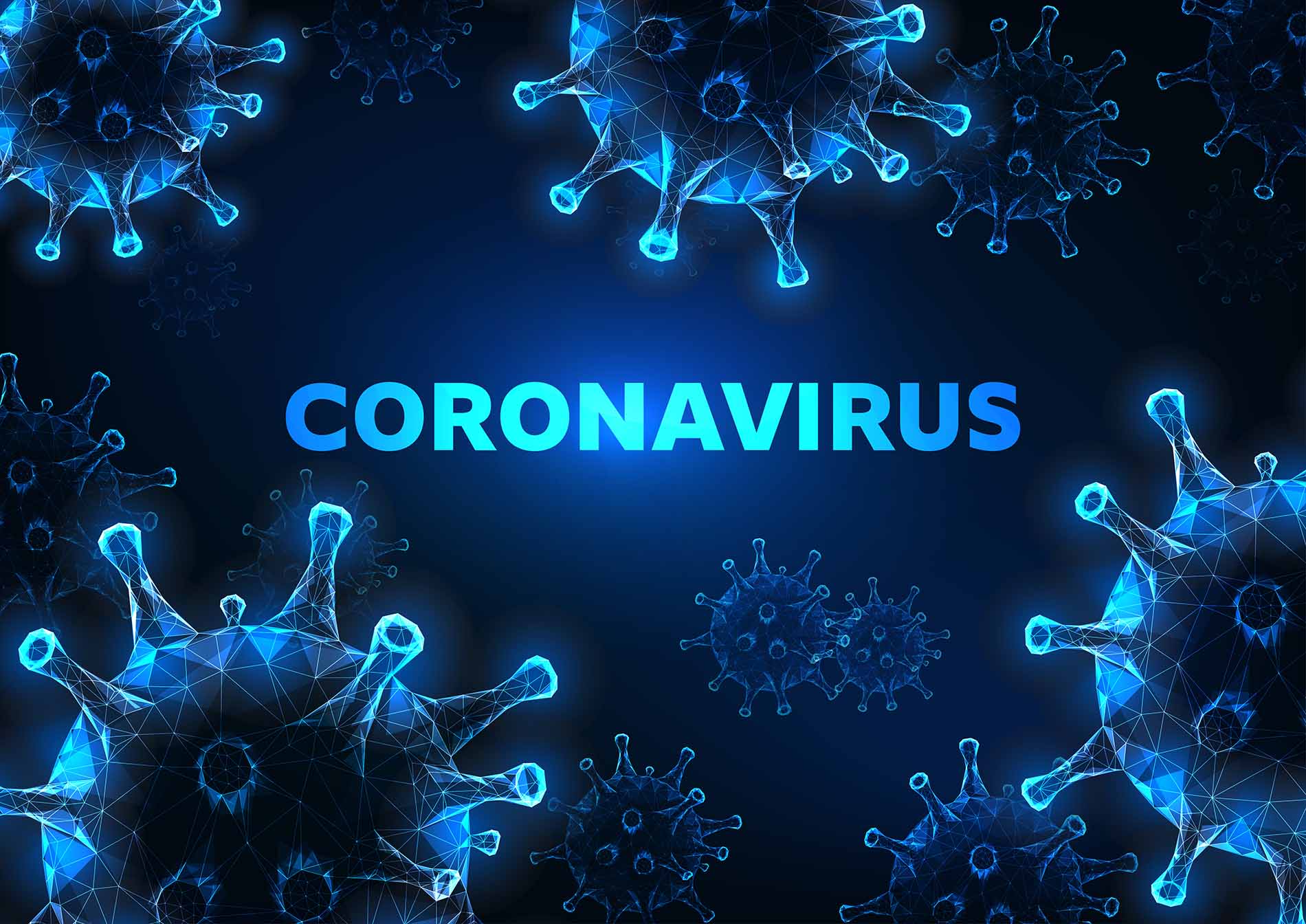Last updated: March 27, 2020
COVID-19 (novel coronavirus) is an unprecedented challenge to industrial workplaces around the nation. Precautions and controls are changing almost constantly in response to CDC guidance. One of the biggest challenges companies face is providing a safe and healthy workplace while continuing operations.
Based on conversations with several ALMA members, we have compiled a list of what some companies are doing to combat this crisis. These are not official rules or guidelines, and not all tactics will work for all companies or facilities. These are simply ideas that waterfront employers can consider as they work through the COVID-19 situation.
If you have additional ideas that might help other employers, let us know. We will keep this page updated as we receive more input from our members.
COVID-19 Practices to Consider at Your Facility
- Advise anyone who feels sick to not come to work. Employees should notify their supervisor by phone if they are experiencing symptoms.
- Contact your local hospital or clinic for procedures to administer should an employee start experiencing the symptoms of the COVID-19 virus.
- Screen the temperature of all employees, visitors, customers, and crew members for above-normal temperatures. Anyone testing above normal temperature should be sent home with instructions on contacting their physician (remember, individuals have the right to refuse screening). We recommend using an infrared medical screening thermometer if available.
- If possible, workers who are at-risk and older workers should be given tasks or jobs that take place at a safe distance from other workers. Additional attention should be placed on at-risk workers who are over 60 years old or known to have medical conditions. They should be screened more often (with their approval).
- If an employee tests positive for the virus, prepare a list of other individuals with which the employee in question had contact and pass the information on to the attending physician.
- Require frequent and thorough hand washing and facilitate this behavior by providing workers, customers and worksite visitors with a place to wash their hands.
- Set up additional handwashing stations near the work areas and instruct workers to wash their hands multiple times per day; at a minimum, when they arrive at work, during breaks, before lunch, and before they leave work.
- If available, place hand sanitizer (with at least 60% alcohol) in various locations throughout the facility.
- Require respiratory etiquette, including covering coughs and sneezes.
- Spray all hand tools with disinfectant before use and upon return to the tool room. Controls and steering wheels on movable equipment such as cranes, forklifts, bobcats, etc. should be disinfected regularly, but at least between shifts.
- Have antibacterial/disinfectant wipes at radio allocation booths. All radios, batteries and microphones should be wiped upon receipt. Persons issuing radios should wear nitrile gloves when receiving and passing out equipment.
- Place wipe dispensers inside and mounted outside allocation booths for general disinfecting and make them available to any worker to disinfect vehicles, steering wheels, onboard radios/microphones and controls.
- Require the operators to avoid going from machine to machine during the shift. They should stay on the same machine. Again, disinfect machinery between operators or between shifts, whichever occurs first.
- Provide bottled water rather than water fountains or water coolers. Vending machines should not be used.
- Disinfect facility door handles, refrigerator handles, microwaves, and any other common appliance at least three times a day.
- Eliminate gatherings, groupings or transport of more than 10 workers. If workers must be transported in a vehicle, make sure they are at least six feet from each other.
- Station employees in work areas at least six feet from one another.
- Halt all safety and production meetings until further notice. Facilitate all safety and production concerns through email, text or phone.
- Prohibit employees from sharing computers, phones, food, drink, tobacco products, vaporizers, Personal Protective Equipment (respirators, safety goggles, blasting hoods, etc.), or other tools or equipment in the workplace.
- Restrict employees from shaking hands.
- For workers handling cargo from foreign vessels, require that they maintain at least six feet of distance from vessel crew members.
- Refer to U.S. Coast Guard Marine Safety Information Bulletin (March 13, 2020) for information regarding vessel reporting requirements or illness or death of vessel crew members.
- For workers aboard cruise ships or passenger vessels, require them to wear properly-fitted NIOSH-approved filtering masks and impermeable gloves.
- Monitor the CDC, and U.S. Coast Guard for the latest information that can affect your operations.
- More specific precautions for stevedoring firms interacting with a ship’s crew are:
- Ask what precautions the vessel took in previous ports to limit interaction between vessel crew and shore personnel. Alternatively, ask if they can advise all shipside procedures in response to the coronavirus epidemic. Make sure the U.S. Coast Guard cleared the vessel for entry into the harbor.
- Have the vessel provide electronic copies of all gear certificates by scan.
- Provide a list of all stevedore personnel in advance, but avoid the physical handling of IDS between ship and shore when boarding the vessel.
- Do all unlashing. This avoids interaction with the ship’s crew in the cargo hatch that stevedores will be working in.
- Deliver any final activity paperwork via email rather than in person.
Updates:
March 27, 2020: added guidance on antibacterial and disinfectant wipes and wipe dispensers.


